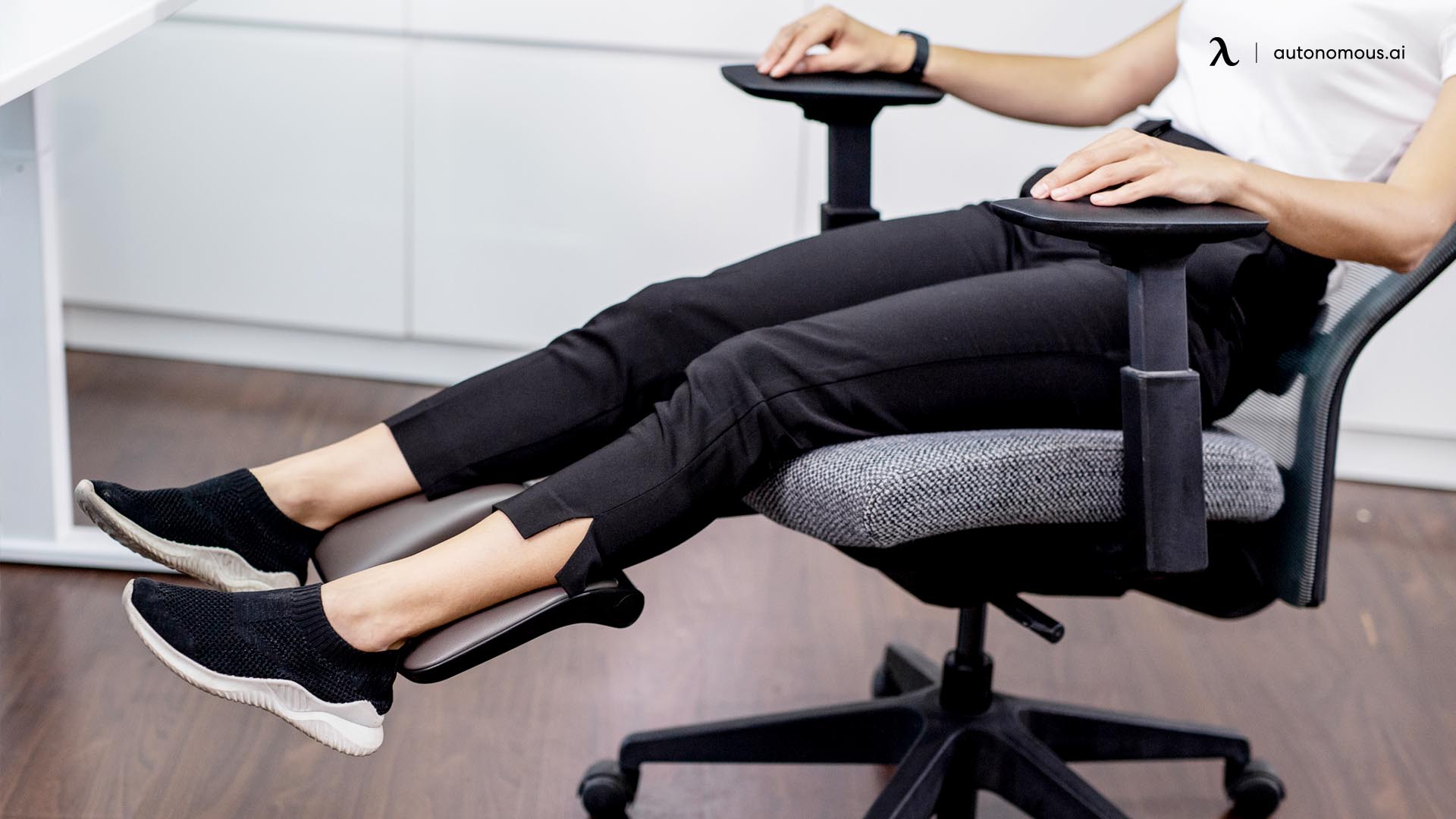Types of Chairs Best Suited for Sciatica

Finding the right chair can be a transformative experience for those living with sciatica. The persistent pain radiating down the leg can significantly impact daily life, making the selection of supportive seating crucial for comfort and pain management. The right chair can provide the necessary lumbar support, promote proper posture, and alleviate pressure points, leading to a noticeable reduction in sciatica symptoms. Let’s explore the different chair types available and how their design features can influence your comfort and well-being.
Recliner Chairs and Sciatica
Recliner chairs offer a unique blend of comfort and adjustability, making them a potentially beneficial option for sciatica sufferers. Their ability to recline allows for a customizable posture, enabling individuals to find the angle that best supports their spine and minimizes pressure on the sciatic nerve. However, not all recliners are created equal.
- Advantages: The ability to adjust the backrest and legrest allows for customized support, reducing pressure on the lower back and promoting relaxation. Many high-end models offer lumbar support adjustments further enhancing their suitability for sciatica. The ability to fully recline can provide significant relief during acute pain episodes.
- Disadvantages: Some recliners lack adequate lumbar support, especially budget-friendly models. Poorly designed recliners can exacerbate existing spinal curvature issues. The reclining mechanism itself might be difficult to operate for individuals with limited mobility.
Office Chairs and Sciatica Management, Best living room chair for sciatica
Office chairs, designed for prolonged sitting, often incorporate features beneficial for sciatica sufferers. Ergonomic designs focus on proper posture and spinal alignment, which are key to managing sciatica pain.
- Advantages: Many office chairs offer adjustable lumbar support, height adjustment, and armrests, allowing for a personalized fit. High-quality ergonomic chairs prioritize spinal alignment, reducing strain on the lower back and sciatic nerve. The availability of adjustable features allows for customization to individual needs and body shapes.
- Disadvantages: Lower-quality office chairs often lack the necessary adjustments and lumbar support, negating their potential benefits. Prolonged sitting, even in an ergonomic chair, can still contribute to discomfort if proper posture and movement breaks aren’t maintained. The cost of high-quality ergonomic chairs can be a significant barrier for some individuals.
Ergonomic Chairs: A Deeper Dive into Sciatica Relief
Ergonomic chairs represent a more specialized approach to seating design, aiming to optimize comfort and support for prolonged periods. Their features are often meticulously designed to address common postural problems that can exacerbate sciatica.
- Advantages: Ergonomic chairs typically offer superior lumbar support, adjustable seat height and depth, and adjustable armrests. Many models incorporate features such as breathable materials and adjustable headrests to further enhance comfort and reduce pressure points. The focus on spinal alignment and posture correction can significantly alleviate sciatica pain.
- Disadvantages: The initial investment cost for high-quality ergonomic chairs can be substantial. Finding the perfect fit can require some trial and error, as individual needs and body types vary significantly. While many models boast adjustability, not all features may be intuitive or easy to operate.
Choosing the Right Chair: A Personalized Guide
Selecting a chair for sciatica management requires careful consideration of individual needs and the severity of the condition. The following factors should be taken into account:
- Severity of Sciatica: Individuals experiencing acute, severe pain might benefit from a recliner offering maximum relaxation and support. Those with milder, chronic pain may find an ergonomic office chair sufficient.
- Body Type and Posture: The chair should offer adjustable features to accommodate individual body dimensions and posture. Consider factors like height, weight, and any existing spinal curvature.
- Budget: High-quality ergonomic chairs and recliners can be expensive. Weigh the cost against the potential benefits of reduced pain and improved comfort.
- Lifestyle and Usage: Consider how and where the chair will be used. An office chair is ideal for desk work, while a recliner might be better suited for relaxation.
Additional Factors & Considerations: Best Living Room Chair For Sciatica

Choosing the perfect chair for sciatica relief goes beyond simply selecting a supportive design. The materials, your unique body, and even the overall environment play a crucial role in maximizing comfort and promoting healing. Understanding these nuances will empower you to make an informed decision that truly prioritizes your well-being.
The right chair can be a game-changer, but the wrong one can exacerbate your discomfort. Let’s delve into the finer details to ensure you find the perfect fit for your needs.
Upholstery Material Selection
The fabric covering your chair significantly impacts both comfort and breathability. For sciatica sufferers, breathability is paramount. Leather, while luxurious, can trap heat and moisture, potentially leading to discomfort and skin irritation. Natural fibers like cotton or linen offer superior breathability, allowing air to circulate and keeping you cool and dry. However, consider that these materials might not be as durable as synthetic options. A blend of natural and synthetic fibers often provides a good compromise, combining the breathability of natural fibers with the durability of synthetics. For example, a cotton-polyester blend could offer a comfortable and long-lasting upholstery solution. Ultimately, the best material will depend on your personal preferences and climate.
Body Type and Weight Considerations
Your body type and weight directly influence the chair’s ability to provide adequate support and pressure relief. A chair designed for a smaller individual might not offer sufficient support for someone heavier, potentially leading to increased pressure on the sciatic nerve. Conversely, a chair designed for a larger person might feel overly bulky and uncomfortable for a smaller individual. Consider the chair’s weight capacity, frame sturdiness, and seat depth to ensure a proper fit. For instance, a person weighing over 250 pounds should look for chairs explicitly designed for heavier individuals, featuring reinforced frames and wider seats. Proper weight distribution is key to preventing pressure points and promoting even support.
